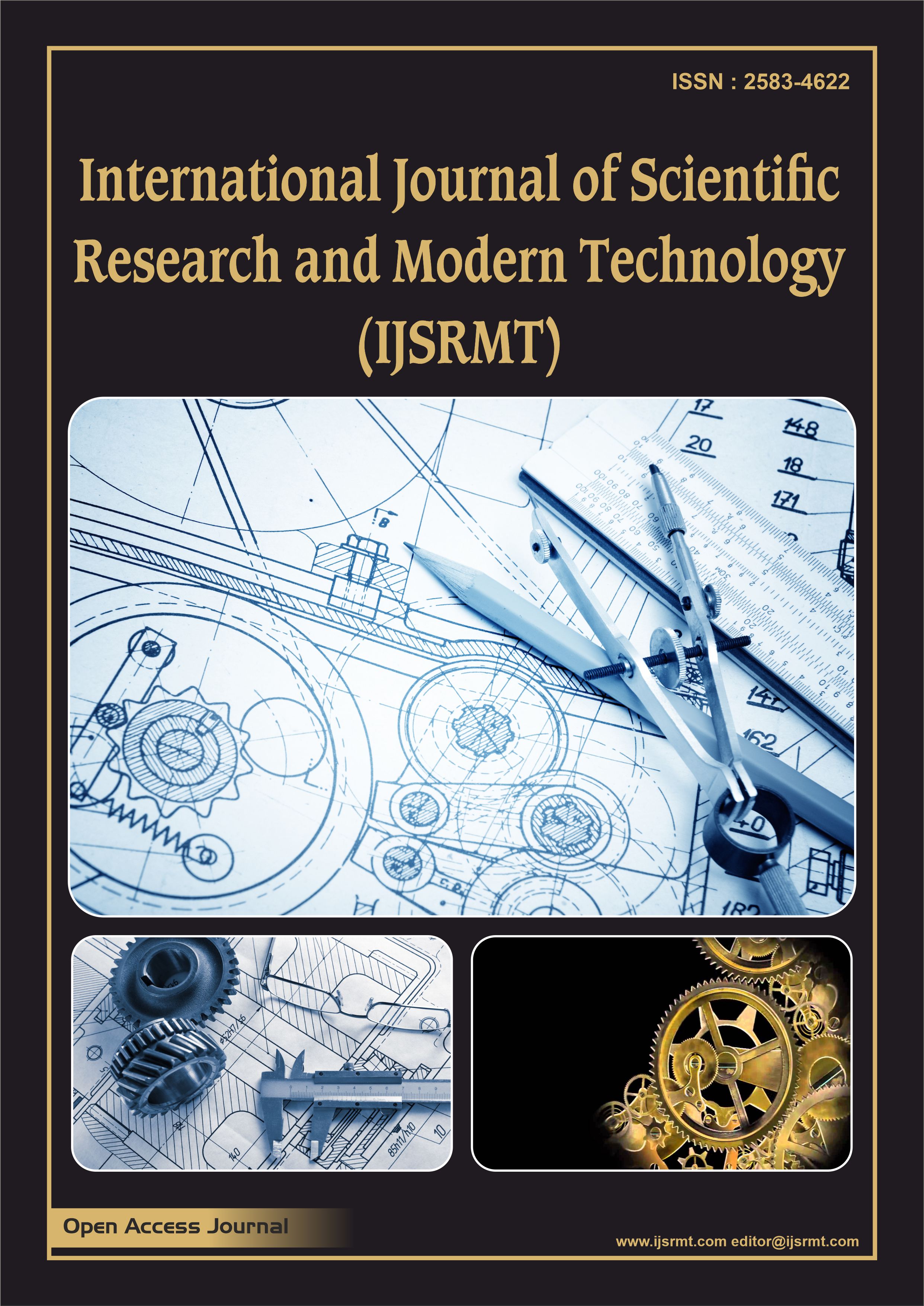Lightweight Architectures for Genai A Trade Off Between Efficiency and Performance
DOI:
https://doi.org/10.38124/ijsrmt.v4i10.868Abstract
GenAI has rapidly advanced natural language processing, vision, and multimodal applications and has led to breakthroughs that have never existed before. Nevertheless, such capabilities are mostly driven by large-scale models, which require heavy computational capabilities, consume large amounts of energy, and incur expensive infrastructures to deploy. These needs limit the availability and maintainability of GenAI systems, especially to edge devices and resource-starved settings. This paper examines architectural designs that are lightweight in an effort to optimize efficiency and performance in generative design. The research shows the importance of compact models in preserving competitive performance and reducing knowledge distillation techniques and parameter reduction strategies by a large margin in reducing memory and computational overhead, as well as making the process of compact model generation more manageable and systematic. The analysis goes on to discuss the trade-offs between model size, speed of inference and generative quality, and provides a framework that can be used to assess optimization decisions in the real world. Experimental findings on both image and text generation challenges indicate that lightweight architectures designed with strategic planning can produce the state-of-the-art results with great efficiency advantage, thus eliminating the disparity between research and practice excellence. The results point to the importance of reconsidering the architectural priorities towards the dominance of the raw performance to the priorities of sustainable and inclusive generative intelligence.
Downloads
Downloads
Published
How to Cite
Issue
Section
License
Copyright (c) 2025 International Journal of Scientific Research and Modern Technology

This work is licensed under a Creative Commons Attribution-NonCommercial 4.0 International License.
PlumX Metrics takes 2–4 working days to display the details. As the paper receives citations, PlumX Metrics will update accordingly.





